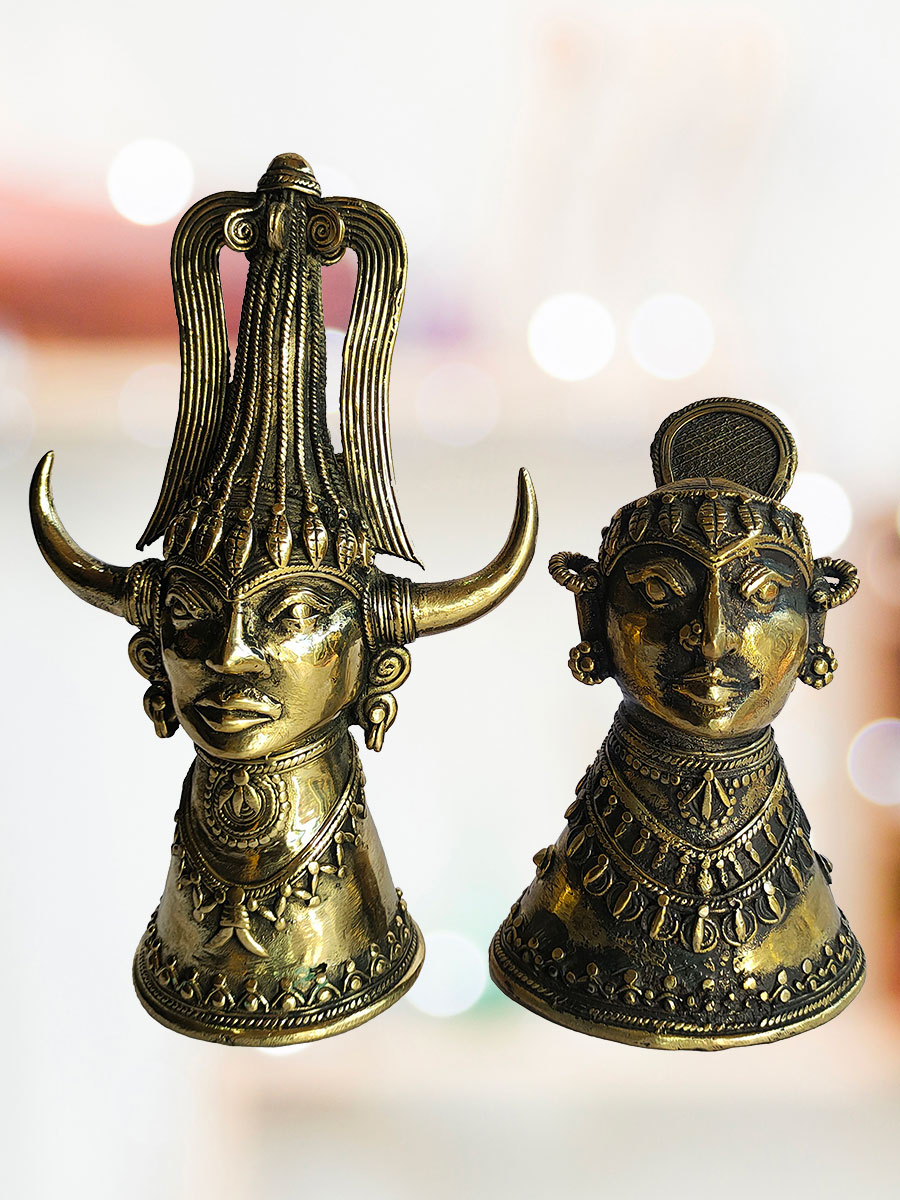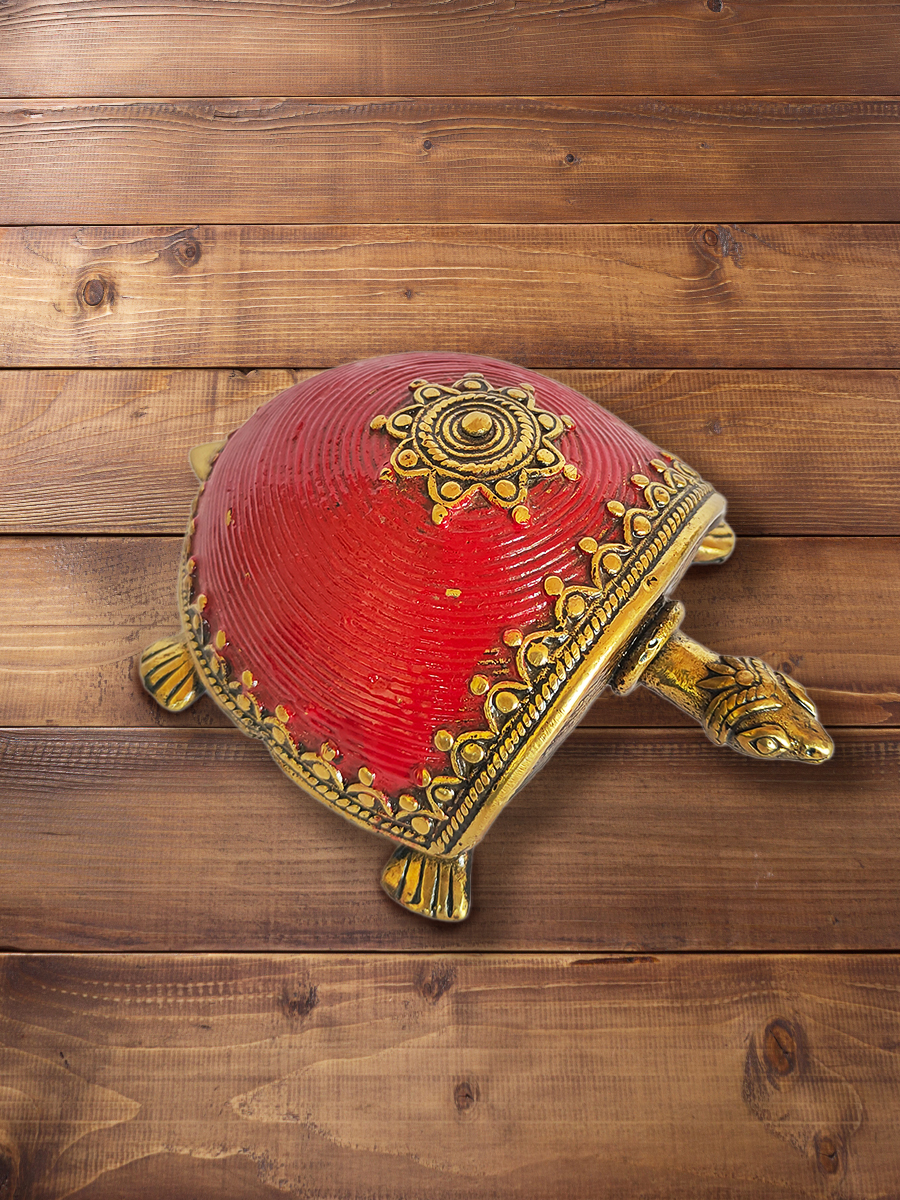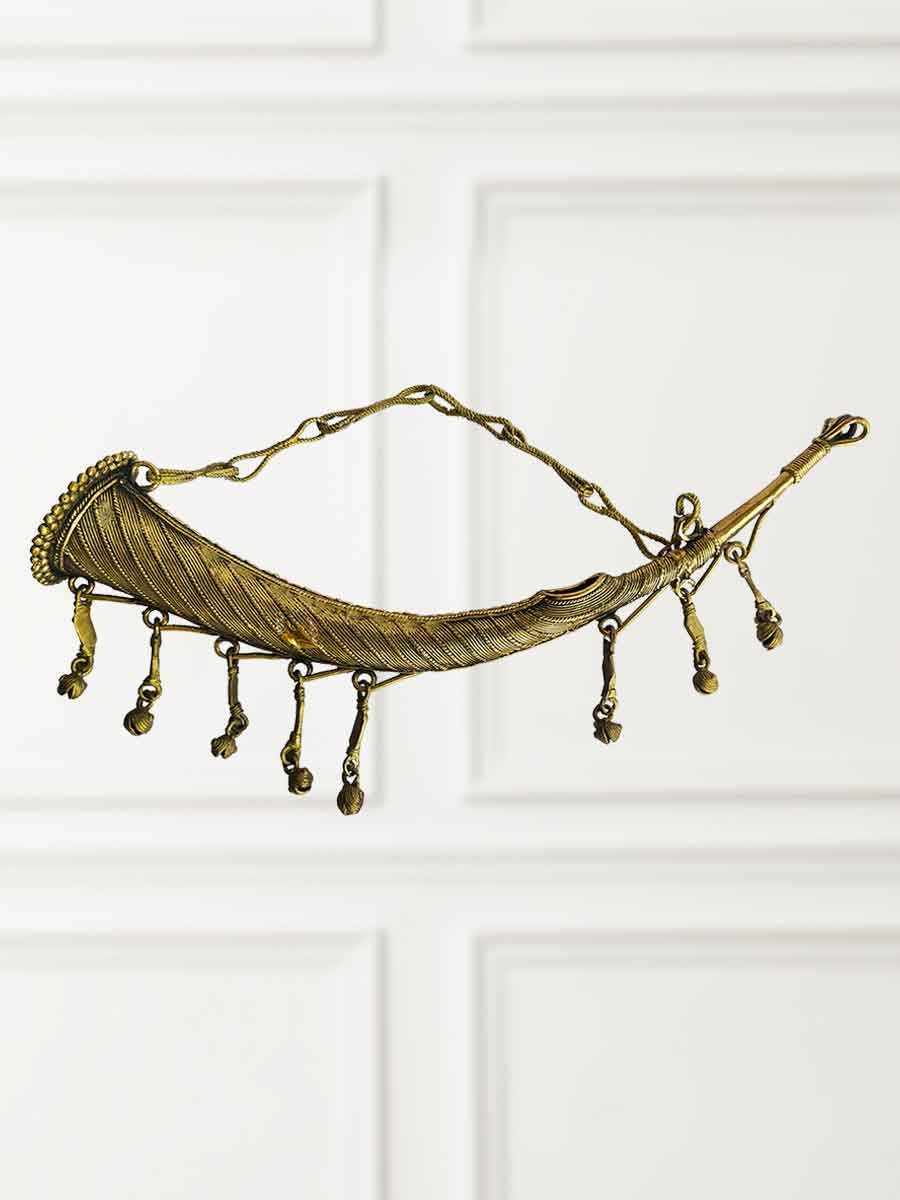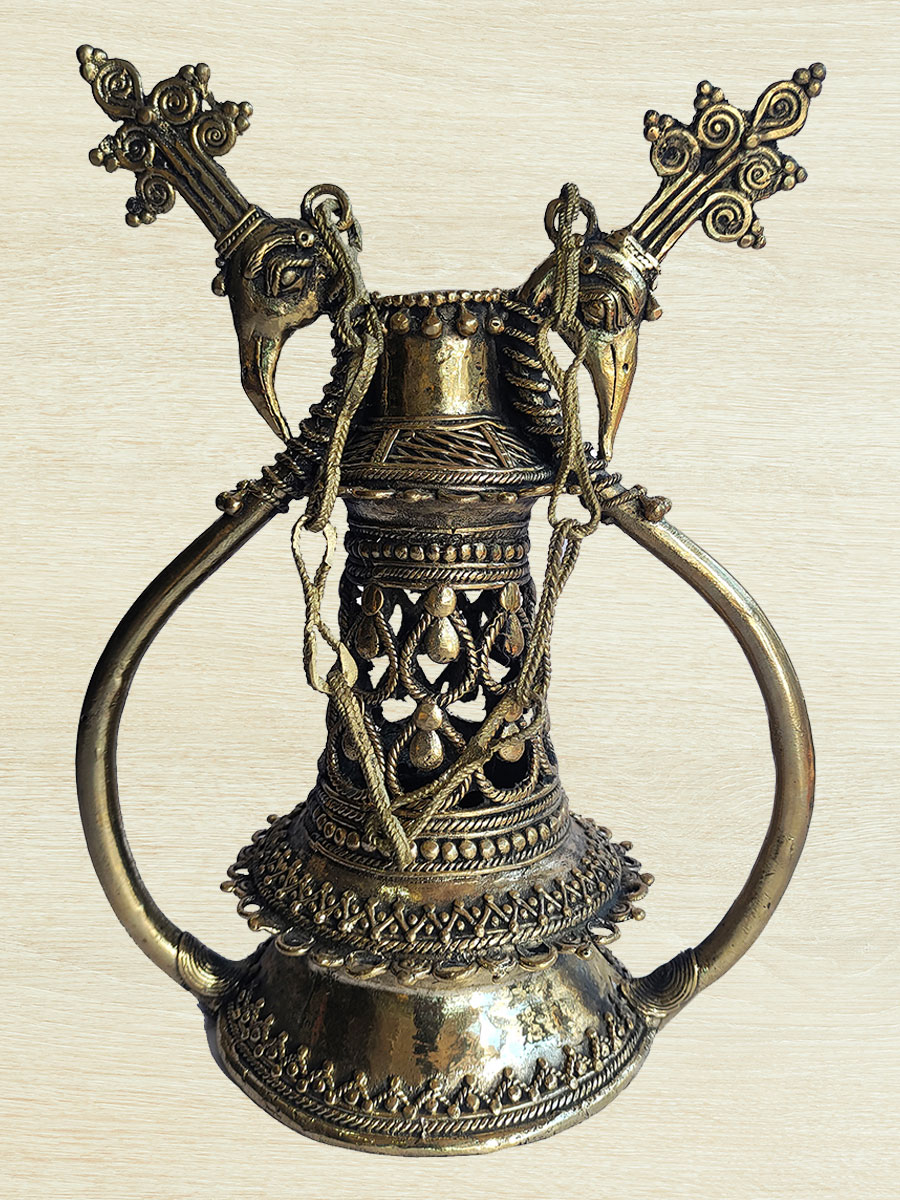The Ancient Lost Wax Art of Dhokra
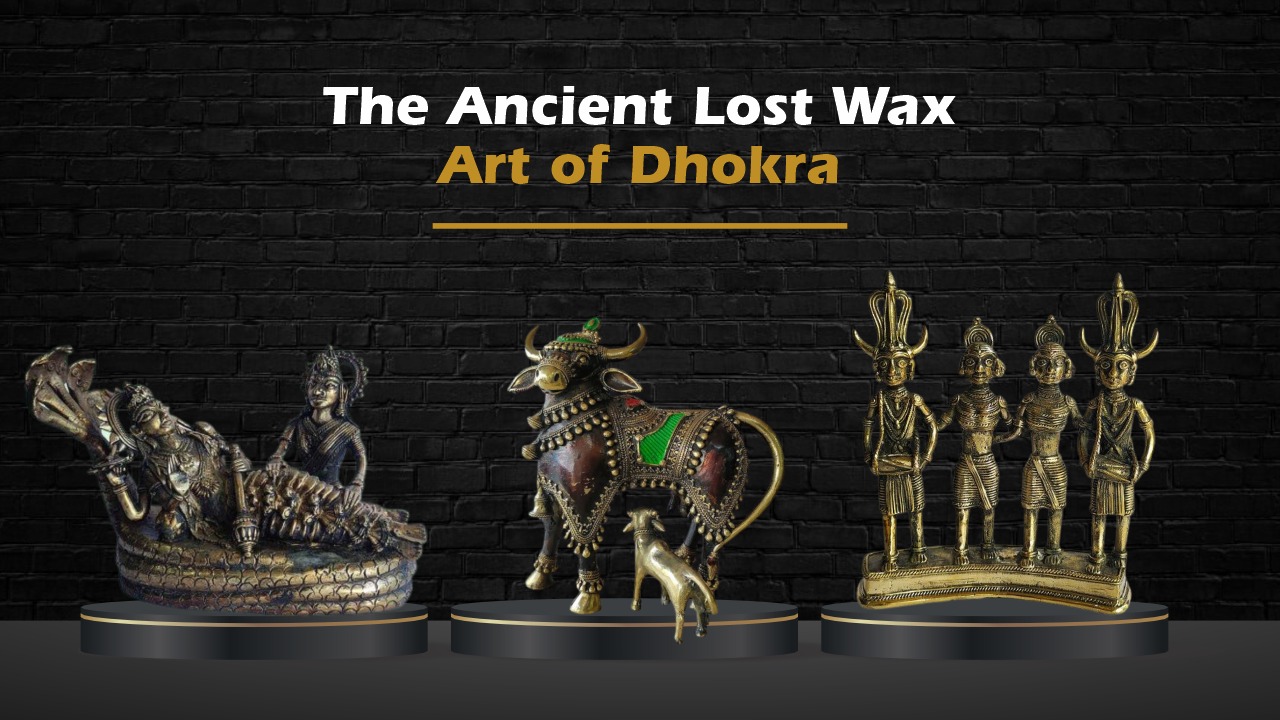
From Wax Model to Metal Dhokra Art
The Dhokra technique requires precision, skill, and a deep understanding of the craft to transform a humble wax model into a stunning piece of metal art. The process begins with skilled Dhokra artisans sculpting the desired design in beeswax. The wax model is then intricately shaped and refined, capturing every delicate detail and contour that will be replicated in metal.
Next, the wax model is carefully covered with layers of fine clay, to create a mould that encapsulates the form. After drying for several days, the entire structure is heated, causing the wax to melt and flow out through carefully created channels. It is the artisans’ ingenuity to carve these channels beforehand. Thus, a hollow cavity is left behind which serves as the hollow mould. A mixture of molten metals, typically brass or bronze is then carefully poured into the cavity of the clay mould, filling the space previously occupied by the wax model.
After the molten metal cools and solidifies, the clay mould is broken and carefully removed, unveiling the intricately cast Dhokra artwork. The master craftspeople then clean, polish, and detail the metal piece, giving it a captivating shine before adding any additional decorative elements.
Handmade dhokra tribal man and woman wearing elaborate headgear and jewellery
Dhokra Artisans and Their Craftsmanship
Hailing from various regions of India, the Dhokra Damar tribal communities have nurtured and preserved this ancient art for generations. Dhokra holds deep cultural significance for them, serving both, as a means of artistic expression and livelihood. The craftsmanship is acquired through a combination of innate talent and rigorous training. Young artisans learn the intricacies of this traditional art form from experienced family members or within close-knit communities. The training encompasses a gradual progression, starting from simple techniques to more complex processes, honing their skills in wax modelling, clay moulding, metal casting, and post-casting finishing.
Traditional hand tools, such as chisels, files, and hammers, are utilised to shape the wax models and refine the metal pieces. The primary material used is a blend of brass and bronze, chosen for its workability and durability. These raw materials are sourced locally or obtained through trade. While Dhokra artisans adhere to the fundamental techniques and traditions, they also infuse their personal creativity and style into their creations. This results in variations in design, motifs, and embellishments. This individuality adds depth and diversity to Dhokra while allowing artisans to leave their distinctive mark on every piece.
Handcrafted dhokra ornate turtle
Timeless Aesthetic Appeal
Dhokra art showcases a rich repertoire of motifs, patterns, and symbols that are deeply rooted in tribal traditions and folklore. Nature-inspired elements such as birds, animals, flowers, and leaves often adorn the artwork, reflecting the tribal communities' close connection with their natural surroundings. Additionally, geometric patterns and symbolic representations of deities and mythical beings are prevalent, embodying religious, spiritual or ritualistic significance.
Dhokra sculptures and artefacts serve as a visual testament to tribal traditions, beliefs, and way of life. They embody the stories, rituals, and folklore passed down through generations, preserving a tangible link to the past and celebrating its own cultural diversity. It fosters a sense of pride and belonging, reinforcing the tribal communities' distinctiveness and preserving their social and cultural fabric.
One of the defining characteristics of Dhokra art is its rustic charm. The pieces possess an earthy patina and a textured surface. The intricate detailing, despite the limitations of the medium, showcases the artisans' precision and their ability to breathe life into the metal. Dhokra art spans a diverse range of forms, including figurines, jewellery (earrings, necklaces and bracelets), and home decor items (lamps, vases and wall hangings) which add a touch of cultural elegance to your interior spaces.
Handmade dhokra replica of a wind instrument
Dhokra’s Magical Touch
Dhokra art has left an indelible mark on modern Indian art and design, inspiring artists and designers to incorporate its distinctive aesthetic into their works that range from paintings and sculptures to jewellery and fashion. The market demand for Dhokra artworks has grown significantly in recent years, with collectors, art enthusiasts, and interior designers seeking out these unique pieces. Dhokra sculptures and artefacts are often showcased in prestigious art exhibitions and galleries, providing a platform for cross-cultural exchange and appreciation. International collaborations, workshops, and cultural exchanges have further facilitated the integration of Dhokra into the global art discourse, allowing for the exploration of new artistic possibilities and the promotion of cultural diversity.
Handcrafted dhokra lantern tea light
Bringing Home A Piece Of History
However, the core of skilled artisans who practise Dhokra art, face various problems and often get neglected. Their hurdles include financial support, lack of recognition, and limited market access to carry on their ancient traditions. Additionally, the scarcity of skilled craftsmen, dwindling resources, and changing societal and technological dynamics has contributed to the gradual decline of traditional Dhokra craftsmanship.
Recognizing the need to safeguard this ancient art form, numerous initiatives and organisations have emerged to promote and preserve Dhokra. They provide platforms for training, skill development, and market exposure, empowering artisans to sustain their craft. For example, IIT-Hyderabad conducts design intervention workshops for the younger generations of tribal communities. Efforts are also being made to create awareness among art enthusiasts, collectors, and the general public about the cultural significance of Dhokra, fostering appreciation and support for its preservation. Tech enabled platforms like Planet Handcrafted take great pains to source genuine and high quality Dhokra art pieces from generational artisans across India and make them available for art connoisseurs across the globe.
It has to be ensured that this tech-enabled market access for Dhokra art results in economic opportunities for its traditional practitioners, encouraging them to create diverse and innovative designs while staying true to the essence of the art form. Dhokra art has gained international recognition and has found its place in the global art scene. Will it find a place in your home too?
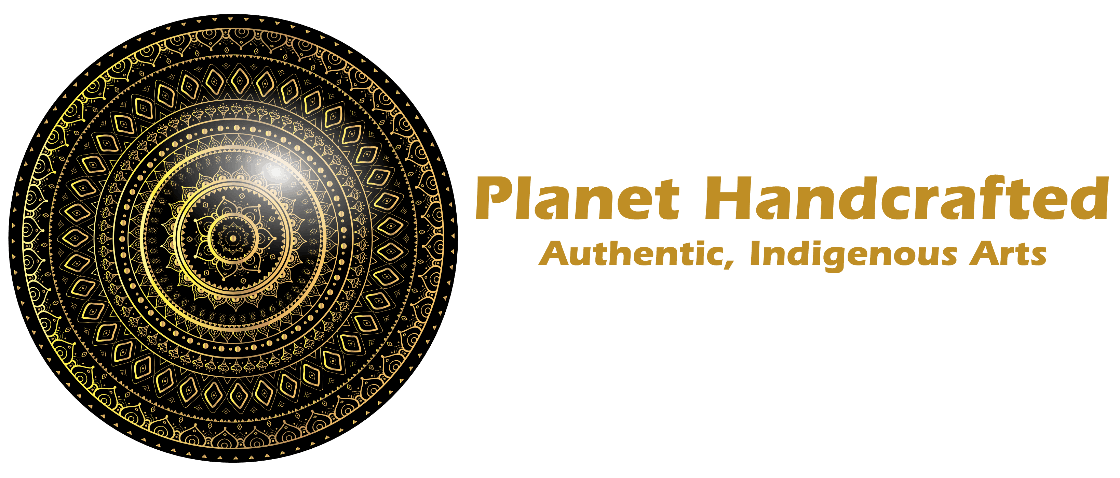

 USD
USD  GBP
GBP EUR
EUR AED
AED



